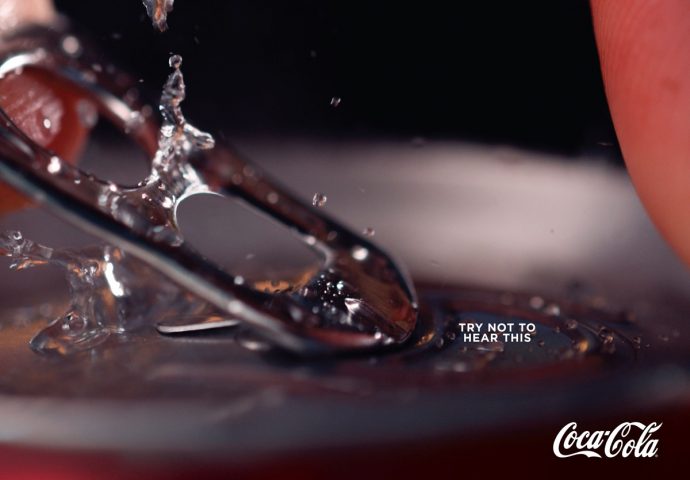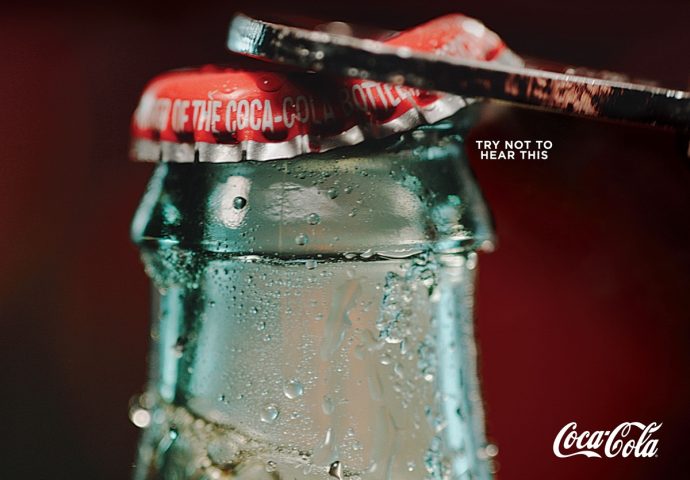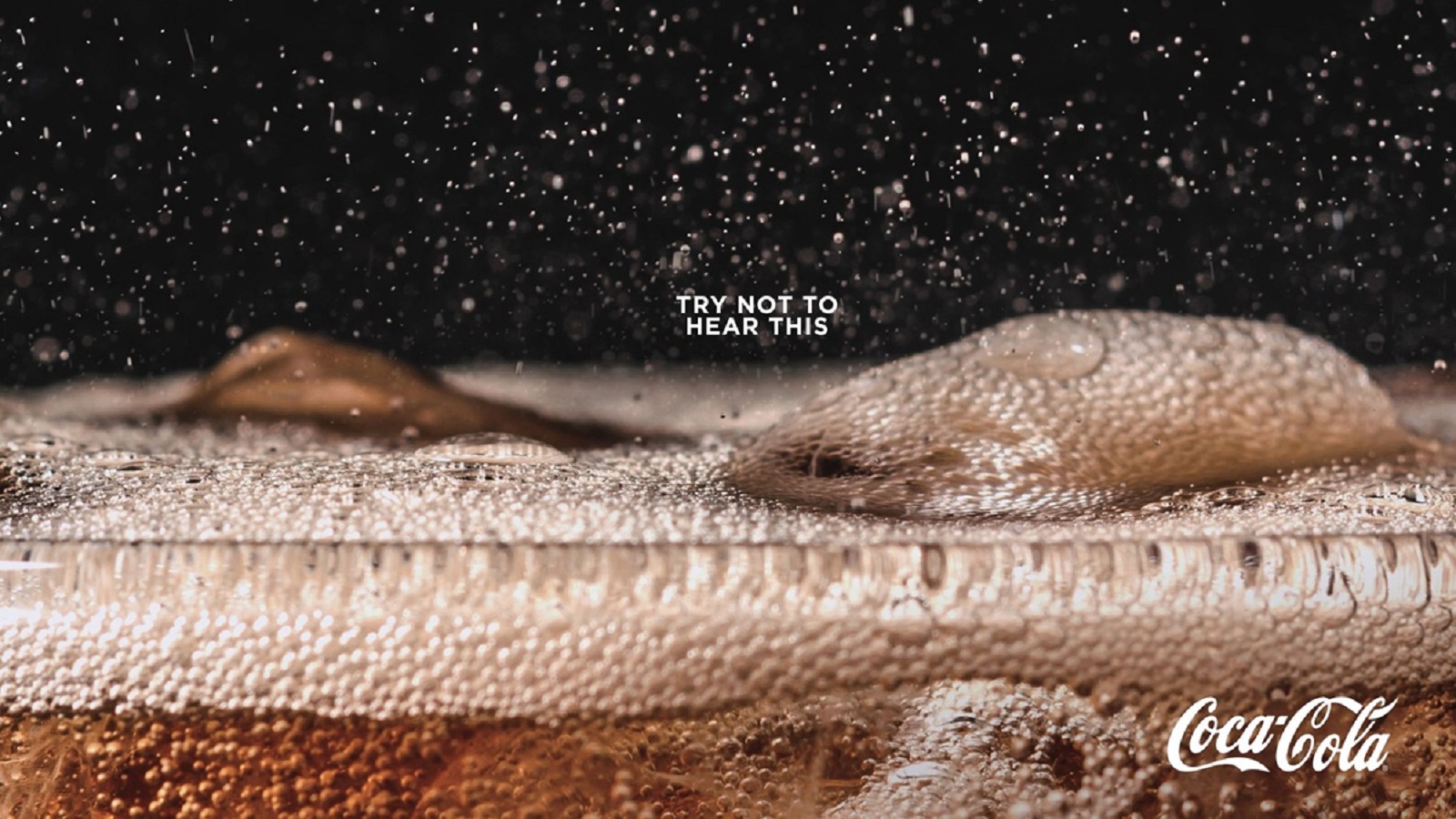“I’m a Barbie girl in a Barbie world
Life in plastic, it’s fantastic
You can brush my hair, undress me everywhere
Imagination, life is your creation”
You experienced this just like us, didn’t you? You read these lyrics in that high-pitched voice that made Lene Nystrøm famous. We bet you’ll have the same experience if you read a quote from Morgan Freeman. So, why does this happen? Scientists say that when you feel this, you are actually the subject of synesthesia, a process that allows you to see sounds, taste words, smell a picture, or, in this case, read in someone else’s voice. This happens because there’s strong communication between your sensory regions, which can be triggered involuntarily.
The phenomenon can occur to anyone who feeds the brain with multisensory experiences. However, it is not necessary for that experience to be one that strongly influenced the subject. For example, you see an image with a waterfall and immediately hear its sound. Or, you smell cinnamon and you start thinking of Christmas. You see an image illustrating a glass of Coca-Cola and you feel its effervescence. You sense the bubbles popping, you hear them, and you can even taste the soda.

In fact, this concept stood as the cornerstone of the “Try Not to Hear This” campaign, developed by David the Agency in July 2019. The initiative, which is the subject of our weekly #ThrowBrandThursday column, reaches its climax through a series of print ads designed in such a manner that people can actually hear something.
The pictures were used so that Coca-Cola can activate consumers’ sensorial memory that lives inside their brain, triggering their auditory sense just by asking them to have a look at its photos. The visuals that awaken our hearing depict the uncapping of a Coke bottle, the opening of a can, and the fizzing of the soda.

“We leveraged every recognizable asset from Coca-Cola to connect with anyone who’s had a Coke before. Whether it was the fizzing of the Coke or the opening of a can, we used these instantly identifiable rituals to bring back memories attached to the 126-year-old brand,” states the agency behind the campaign, which is actually a call-to-action initiative, challenging people to “try not to hear this.” But, when you pose the problem in this way, you will surely hear the admired image. “Coca-Cola’s iconic-ness is so top of mind, that viewers can’t help but fill in the silence with the expected sound that they’re seeing in the image of the print ad,” continue the artists.
This is a campaign that tricks our minds. It simply invades our brain and uses our memories to deliver a result that “was never seen before.” And to make sure it really captures people’s minds, Coca-Cola has placed its prints in magazines, newspapers, billboards, and bus stops across Europe.
Credits:
Client: Coca-Cola
Agency: David the Agency
